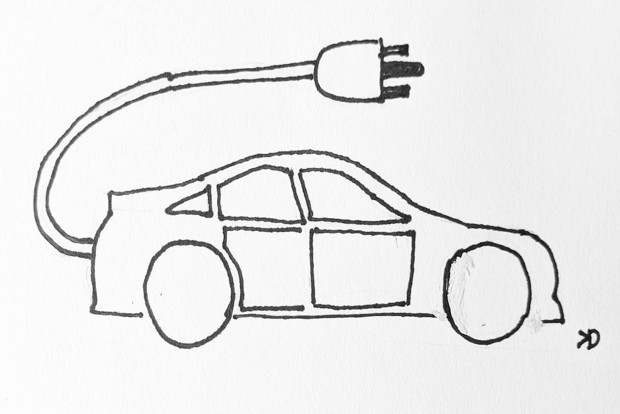Summary "India's Shift to Electric Mobility":
Key Points: Indian Automotive Sector:
Contributes 49% to India's manufacturing GDP.
Produced 49 lakh passenger vehicles, 9.9 lakh three-wheelers, 214.7 lakh two-wheelers, and 10.7 lakh commercial vehicles in FY24.
Transition to EVs:
Driven by rising oil costs, carbon emissions, and urban pollution.
Government initiatives like FAME schemes, state-level incentives, and investments in charging infrastructure accelerate adoption.
EV Types:
- Battery Electric Vehicles (BEVs): Fully electric with zero emissions.
- Hybrid Electric Vehicles (HEVs): Combines internal combustion engine (ICE) and electric motor.
- Plug-in Hybrid Electric Vehicles (PHEVs): Rechargeable batteries plus ICE.
- Fuel Cell Electric Vehicles (FCEVs): Powered by hydrogen with water vapor as by product. Economic & Environmental Impact:
Potential to reduce carbon emissions (40% of India’s vehicular pollution) and VOC exposure.
EVs expected to create 1 crore direct and 5 crore indirect jobs by 2030.
Challenges:
High upfront costs and limited charging infrastructure.
Range anxiety and battery technology limitations.
Battery Technology:
Lithium-ion batteries dominate but are expensive and need improvements in energy density and life cycle.
Promising developments in Li-S and Zn-Air batteries for future EVs.
Charging Infrastructure:
Focus on residential and public charging stations.
Battery swapping stations gaining traction, particularly in countries like China.
Cost Comparison:
Higher initial cost for EVs offset by lower running and maintenance costs.
Government subsidies and reduced taxes make EVs more competitive.
Future Outlook:
India aims to establish a strong electric mobility framework by 2047.
Success depends on technological advancements, infrastructure development, and supportive policies.
